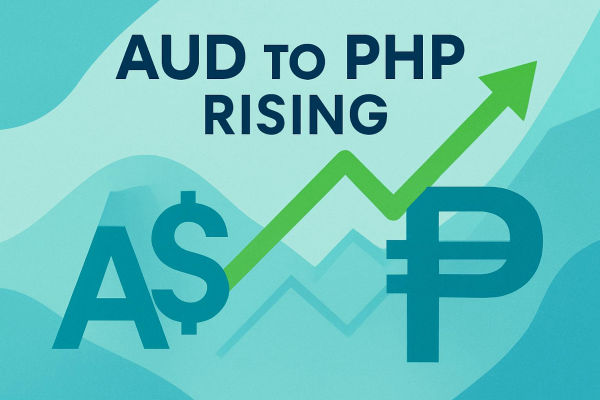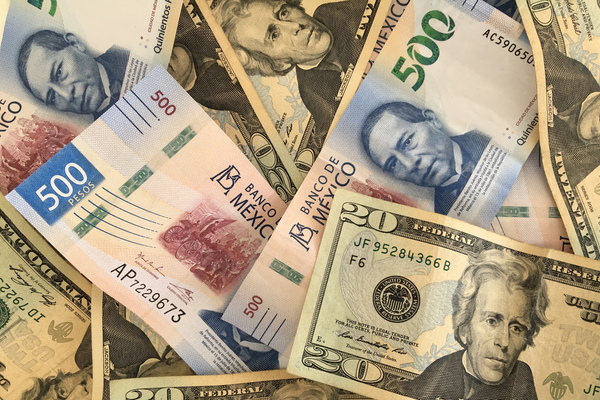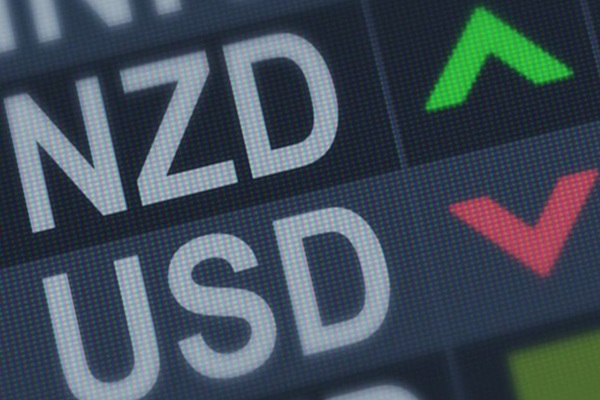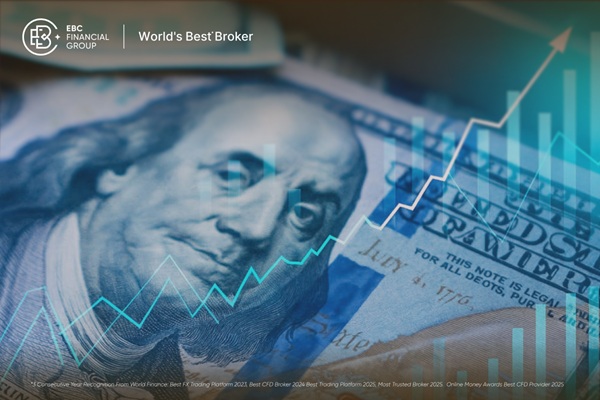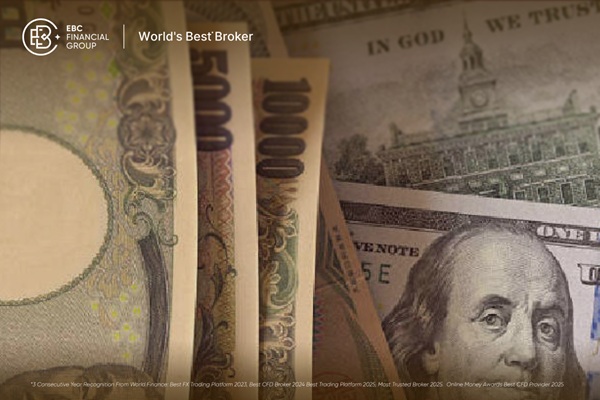The USD to PHP exchange rate is critical for investors, businesses, and traders. As of May 26, 2025, it stands at approximately ₱55.40 per US dollar, with the US dollar strengthening against the Philippine peso.
Expert analysts have already provided forecasts for the USD/PHP pair up to 2030. Thus, will the Philippine peso increase in value against the dollar?
This article will explore the pair's exchange rate in 2025, historical performance and experts' forecast for the next five years.
USD to PHP Exchange Rate 2025
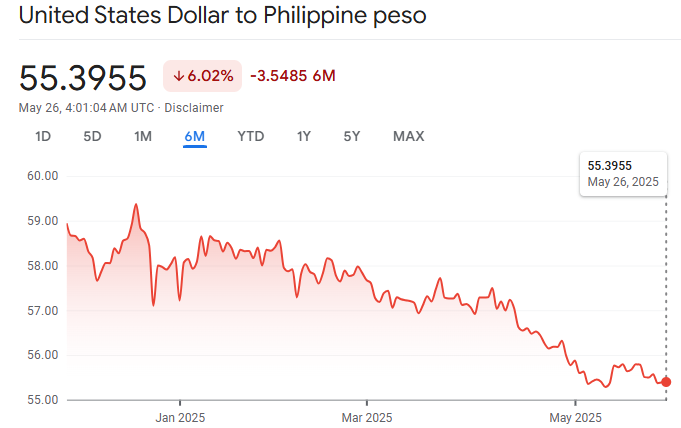
January 2025:
Highest Rate: ₱59.009 per USD (January 10)
Average Rate: Approximately ₱58.50
Trend: Strong US economic indicators and the Federal Reserve's interest rate hikes have weakened the peso against the dollar.
February 2025:
March 2025:
Average Rate: Approximately ₱57.30
Trend: The peso continues strengthening modestly, supported by positive economic reforms and investor confidence.
April 2025:
Average Rate: Approximately ₱56.50
Trend: The peso maintained stability, with minor fluctuations influenced by global market trends.
May 2025:
Highest Rate: ₱55.904 per USD (May 12)
Lowest Rate: ₱55.375 per USD (May 9)
Average Rate: ₱55.707 per USD
Trend: The peso experienced slight volatility but remained relatively stable throughout the month.
Factors Influencing USD/PHP Exchange Rate in 2025
1. US Federal Reserve Monetary Policy
Higher US interest rates attract global capital inflows into dollar-denominated assets, increasing USD strength. When the Fed tightens, the peso weakens if the BSP does not follow suit.
2. Philippine Interest Rates and Inflation
If Philippine inflation remains high and the BSP does not raise rates aggressively, investor sentiment weakens. This causes capital outflows and puts pressure on the peso.
3. Trade Deficit
The Philippines consistently imports more than it exports. A widening trade deficit increases demand for foreign currencies (like the USD), which weakens the peso.
4. Remittances from OFWs
OFW remittances provide a steady source of dollar inflows that strengthen the peso. Any disruption in global labour markets can affect this.
5. Political and Economic Stability
Political uncertainty or poor fiscal policies can erode investor confidence and weaken the peso.
6. Global Economic Trends
Events like the COVID-19 pandemic, oil price volatility, and geopolitical tensions influence global currency movements. Safe-haven demand for the US dollar strengthens it in times of crisis.
USD to PHP Historical Performance and Factors
| Year |
Average Exchange Rate (₱/USD) |
Key Economic Context |
| 2000 |
₱44.19 |
Post-Asian crisis recovery |
| 2005 |
₱55.08 |
Political instability and weak peso |
| 2010 |
₱45.11 |
Rising OFW remittances and BPO growth |
| 2015 |
₱45.50 |
Strong dollar, Philippine economic boom |
| 2020 |
₱50.61 |
COVID-19 pandemic global disruption |
| 2021 |
₱48.12 |
Reopening of the economy, strong remittances |
| 2022 |
₱54.50 |
US Fed rate hikes, high oil prices |
| 2023 |
₱55.67 |
Inflation concerns and global tightening |
| 2024 |
₱56.95 |
Resilient dollar, PH inflation easing slightly |
| 2025 YTD |
₱58.10 (as of May 2025) |
Strong US dollar, widening trade deficit |
1. Early 2000s: Political and Structural Challenges
During the early 2000s, the Philippine peso experienced significant weakness. The country was recovering from the 1997 Asian Financial Crisis, with weak investor confidence and political instability. The peso depreciated due to capital flight and concerns about economic fundamentals.
2. 2005–2010: Emerging Market Recovery
The peso regained some strength due to:
Rising remittances from Overseas Filipino Workers (OFWs)
Booming Business Process Outsourcing (BPO) industry
Stable GDP growth and investor confidence
The USD/PHP rate dropped to the low-40s range during this period.
3. 2010–2016: Peso Strength Amid Global Recovery
The Philippine economy outpaced many emerging markets in terms of GDP growth. The Aquino administration's economic reforms improved fiscal management and infrastructure spending, attracting foreign investments. Remittances and dollar inflows kept the peso buoyant despite global market volatility.
4. 2016–2019: Duterte Era and Trade Tensions
The peso faced headwinds due to:
Rising import dependency and widening trade deficits
US-China trade tensions increasing global uncertainty
Stronger US dollar backed by Fed rate hikes
By 2019, the exchange rate hovered around ₱52–₱53 per USD.
5. 2020–2021: COVID-19 Pandemic Impact
The pandemic caused the peso to strengthen due to reduced imports and dollar inflows through remittances and BPOs. However, as the pandemic progressed:
The Rate fluctuated between ₱48–₱51.
6. 2022–2023: Inflation and Central Bank Divergence
The US Federal Reserve began aggressively hiking interest rates, pushing the US dollar higher. In contrast, the Bangko Sentral ng Pilipinas (BSP) responded slower. This interest rate differential widened the gap between the USD and PHP.
Additionally:
Global inflation hurts purchasing power
The Philippine trade deficit expanded
Energy imports became more expensive
The result: The USD/PHP exchange rate rose to above ₱55 by 2023.
7. 2024–2025: Resilient Dollar and Domestic Headwinds
As of 2025:
The US dollar remains strong due to continued global demand and moderate US growth.
Philippine inflation has moderated but remains above target in early 2025.
Trade deficits persist due to high fuel and technology imports.
OFW remittances and BPO revenues are growing but not enough to offset the current account imbalance.
This combination has pushed the USD/PHP rate above ₱58 as of May 2025.
USD to PHP Forecast For the Next 5 Years
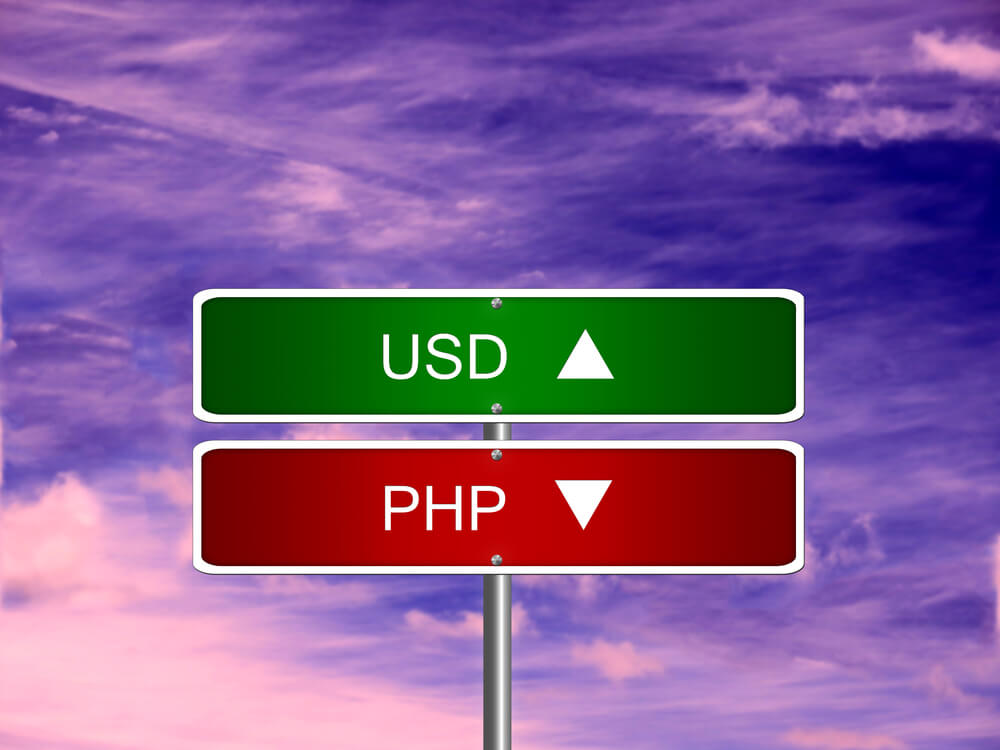
2025 USD to PHP Forecasts
The USD/PHP exchange rate is projected to experience fluctuations and gradual growth over the coming years. In May 2025, a bullish trend is expected, with the rate potentially reaching ₱55.48, fluctuating between ₱48.42 and ₱55.48. By June 2025, the average rate is estimated at ₱54.69, with highs of ₱56.17 and lows of ₱53.22.
However, a slight decline is forecasted by May 2026, with the rate dipping to ₱55.16. In addition, a long-term increase is predicted, with the rate potentially reaching ₱64.55 by May 2030—representing a 16.75% gain over five years.
2026–2027 Outlook
The forecast anticipates a gradual increase in the USD/PHP exchange rate, reaching ₱55.65 by May 2027 and continuing its upward trend toward a long-term target of ₱64.55 by 2030.
2028–2030 Long-Term Projections
The long-term outlook for the USD/PHP exchange rate varies significantly among analysts. One projection maintains a bullish stance on the US dollar, expecting the rate to climb to ₱64.55 by May 2030.
Another forecast is more moderate, predicting a rise to ₱56.15 over the same period. In contrast, a differing view suggests the Philippine peso could strengthen, potentially bringing the exchange rate down to ₱48.96 by 2030.
Conclusion
In conclusion, the USD to PHP exchange rate has undergone several phases of appreciation and depreciation driven by global and domestic factors. As of 2025, the US dollar continues to show strength against the peso due to persistent trade deficits, interest rate differentials and investor sentiment favouring US markets.
Analysts offer varied forecasts for the USD/PHP exchange rate through 2030, with projections ranging from a strengthening peso at ₱48.96 to a weaker peso at ₱64.55 per US dollar. However, traders should monitor monetary policies, economic performance, and global events before investing.
Disclaimer: This material is for general information purposes only and is not intended as (and should not be considered to be) financial, investment or other advice on which reliance should be placed. No opinion given in the material constitutes a recommendation by EBC or the author that any particular investment, security, transaction or investment strategy is suitable for any specific person.













